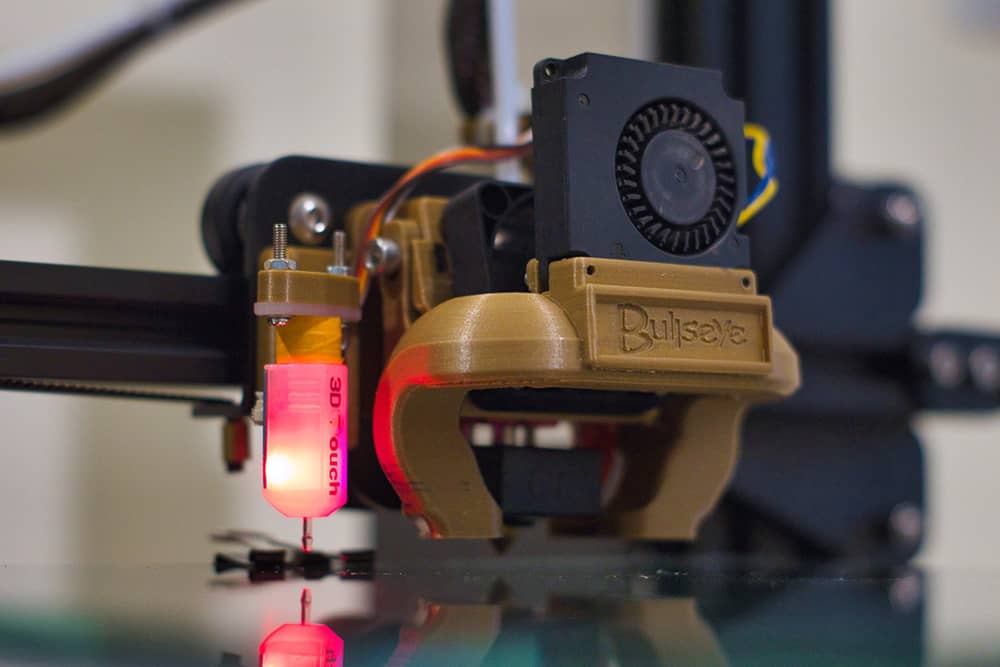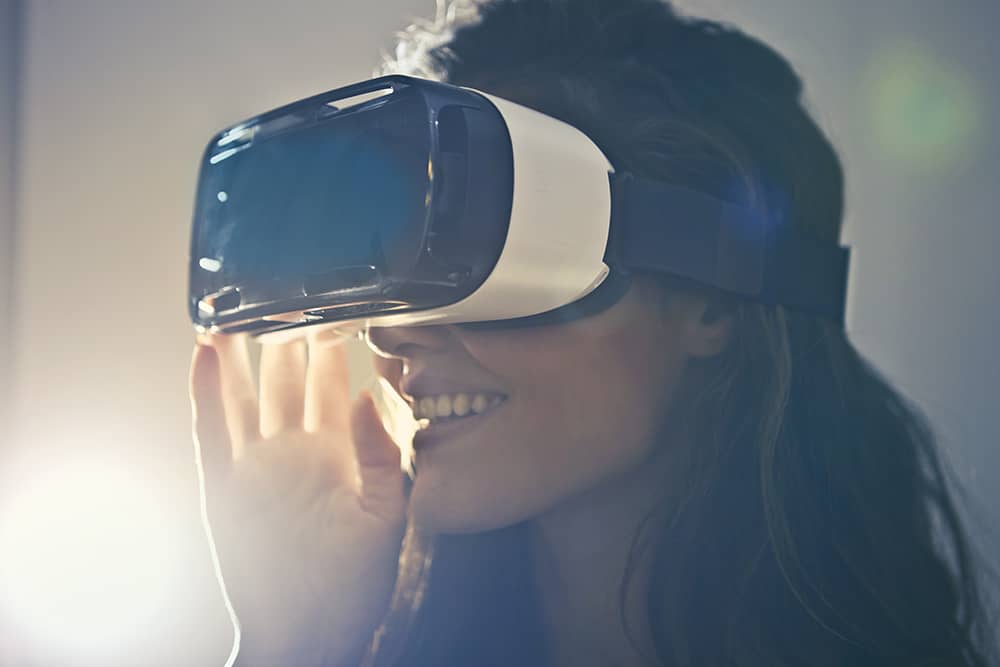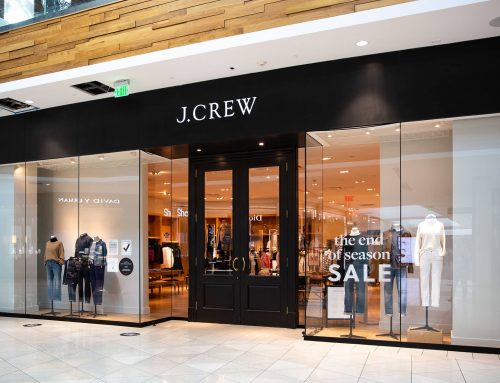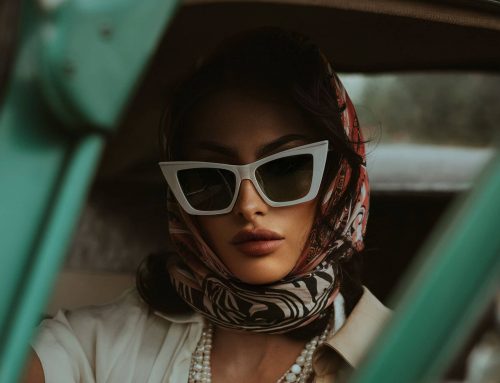We may earn money or products from the companies mentioned in this post at no additional cost to you.
How Technology Is Changing The Fashion Industry
Technology has profoundly impacted the fashion industry over the last decade. As a result, we are now seeing a shift in how fashion companies design, manufacture, market, and distribute their products. From 3D printing to artificial intelligence (AI), technology is revolutionizing how fashion is created, sold, and consumed.
In this article, we explore how technology is changing the fashion industry and how it will continue to shape the future of fashion.
The use of technology in the fashion world has enabled designers, manufacturers, and marketers to create more efficient processes that lead to improved customer experiences. By leveraging new technologies such as AI-driven clothing recommendations, virtual reality (VR) experiences, and augmented reality (AR) shopping tools, brands can engage shoppers with an entirely new level of immersive experiences.
Additionally, advances in 3D printing allow designers to quickly produce custom clothing designs at scale – something that was impossible just a few years ago. As these technologies become even more advanced and accessible, they will further transform the fashion landscape.
11 Technologies Changing Fashion

3-D Printing
In recent years, the fashion industry has seen a dramatic shift towards digital technologies, with 3D printing and smart fabrics leading the charge. According to a recent International Textile Manufacturers Federation report, 3D printing is projected to grow to a multi-billion dollar industry within the next five years. This technology has already been adopted by a number of luxury fashion houses, allowing them to create intricate designs with greater efficiency than ever before.
3D modeling also allows for unparalleled customization of clothing items and even custom nail designs. Brands can now offer sizes and fit tailored to individual customers based on precise measurements, while smart fabrics enable garments to respond to environmental conditions or even user preferences.
This shift towards technological innovation has opened up numerous opportunities for the fashion industry, from creating sustainable materials that are more cost-effective for consumers to leveraging data for real-time product design decisions. With the advent of these advanced technologies, it is clear that the potential for growth within the fashion industry is tremendous.
Artificial Intelligence (AI)
AI is revolutionizing the fashion and retail industries, from retail customer experience to textiles design and manufacturing. AI is helping retailers provide customers with a personalized shopping experience, using customer data to suggest products and create targeted ads.
Textile design is being enhanced using AI-powered tools to generate and apply new patterns, colors, and textures. AI is used for faster and more efficient manufacturing processes, such as automating production lines and analyzing industry trends. Manufacturers can also use AI to improve sustainability practices, such as reducing energy and water consumption.
AI is transforming the fashion industry, enabling retailers and manufacturers to be more efficient, innovative, and sustainable.
AI in Retail
AI is revolutionizing the fashion industry, offering retailers personalization solutions and new data analytics capabilities. From leveraging customer data to make more informed decisions to predicting future trends, AI transforms how companies approach retail. It’s allowing them to create personalized shopping experiences tailored to their customer’s needs while also providing valuable insights into customer behavior.
With AI, businesses can better understand their target demographic and use that knowledge to craft marketing campaigns that resonate with their audience. Not only does this save time and money, but it also helps create higher levels of customer engagement. Furthermore, with AI-powered analytics solutions, retailers can quickly identify new growth opportunities and optimize their operations for maximum efficiency.
AI is transforming the fashion industry in ways never thought possible before—making it easier than ever for brands to stay ahead of the competition.
AI in Textile Design
AI is taking the fashion industry to a new level by enabling textile design with smart fabrics and sustainable materials. Companies are leveraging AI technologies to create customized fabrics tailored to individual needs and preferences.
Smart fabrics powered by AI can make clothing more comfortable and stylish, but they can also help reduce waste and conserve resources. Additionally, AI-driven analytics solutions can analyze consumer behavior patterns to recommend sustainable materials that are both cost-effective and eco-friendly.
With AI-driven textile design, the fashion industry can meet the demands of an increasingly eco-conscious demographic while still providing high-quality products. It’s revolutionizing how we approach fashion design, making it easier than ever for companies to stay ahead of trends and create unique customer experiences.
AI in Manufacturing
The use of AI in manufacturing is transforming the industry by allowing for more efficient production processes and better quality control. With machine learning and predictive analytics, companies can identify potential problems early on and adjust their production processes accordingly. This helps them save time and money while producing products that are of higher quality.
Moreover, AI-driven analytics can be used to analyze customer data to create more personalized experiences for shoppers. By providing customers with tailored product recommendations, companies can ensure they remain competitive in a rapidly changing market.

Virtual Reality (VR) Experiences
The fashion industry is rapidly being shaped by technological advancements, with virtual reality (VR) experiences being one example. VR experiences allow customers to have a fully immersive experience while shopping, as they can interact with the clothing in ways not possible before. This helps to create an environment that encourages customers to make better decisions when buying clothes and accessories.
Moreover, it also allows for data-driven personalization of customer shopping experiences, enabling fashion brands to offer products that are tailored specifically for their customers. Furthermore, this trend has enabled the ethical manufacturing of fashion items through increased transparency and traceability. With VR experiences, customers are able to learn more about the materials used in their purchases and how these items were made from start to finish.
Augmented Reality (AR) Experiences
In short, AR is paving the way for a whole new era of fashion retailing. Shoppers are starting to explore the possibilities of augmented reality (AR) shopping tools. Smart mirrors, predictive styling, and other cutting-edge technologies are revolutionizing how we shop for fashion. These new tools are making it easier than ever before to find the perfect look, providing shoppers with unprecedented access to a world of style options.
The use of AI-driven technology has enabled retailers to create an interactive experience for customers. Smart mirrors enable users to virtually try on clothing items in real-time, while predictive styling algorithms help shoppers find pieces that match their individual tastes and body types.
This highly personalized shopping experience is transforming the industry by allowing customers to shop from anywhere at any time with ease. With these advanced tools, shoppers no longer have to rely on guesswork when deciding what looks best – they can now make informed decisions based on data and insights generated by AI-driven technologies.
AI-Driven Customization
When shoppers enter a store, they are often bombarded with apparel choices that may not be tailored to their taste. However, with AI-driven customization, this is no longer the case.
Predictive analytics can help brands and retailers understand what customers want from customized fashion pieces that are made from sustainable fabrics. This allows for an individualized shopping experience that goes beyond simply providing recommendations to helping customers create items that reflect their personal style.
The use of AI-driven customization also helps reduce waste and promote sustainability within the fashion industry. As technology continues to advance, AI-driven clothing recommendations are becoming more commonplace, revolutionizing how we shop for apparel and, ultimately, how we dress.
Automated Styling Advice

The next step in AI-driven clothing recommendations is automated styling advice. By leveraging predictive analytics, brands, and retailers can provide personalized curation to customers.
This could include suggesting specific items of clothing or complete looks with accessories that would suit the individual’s style. Automated styling advice can also provide helpful hints on how to mix and match different pieces for a unique look.
As technology continues to advance, this type of AI-driven customization will become increasingly popular and accessible for shoppers seeking an enjoyable and convenient shopping experience. Ultimately, automated styling advice will help customers create fashionable outfits while also reducing waste within the fashion industry.
Custom Clothing Designs At Scale
In recent years, the fashion industry has been transformed by technology in a number of ways. One of the most exciting developments is the emergence of custom clothing designs at scale. Through leveraging predictive analytics and mass customization, companies are now able to provide customers with a unique online experience that can accurately predict their style preferences.
The ability to create custom clothing for customers on demand has allowed fashion brands to quickly respond to changing trends and styles, providing consumers with more options than ever before. This increased flexibility helps companies better anticipate customer needs and keep them engaged with their brand.
In addition, technology-driven solutions allow fashion companies to increase efficiency in production and distribution, helping them stay competitive in the market.
Conclusion
The fashion industry is transforming rapidly thanks to new technologies. 3D printing, AI, VR experiences, and AR shopping tools are revolutionizing the way we design, manufacture and buy clothing.
AI-driven clothing recommendations make it easier than ever to find the right outfit for any occasion. On top of that, custom designs can now be created at scale with unprecedented speed and accuracy. As the old saying goes: ‘It’s not just about what you wear – it’s how you wear it.’
Technology has given us the tools to express our individual styles in ways never before possible. With these advancements, the fashion industry is sure to reach new heights of creativity and innovation in the years to come.





